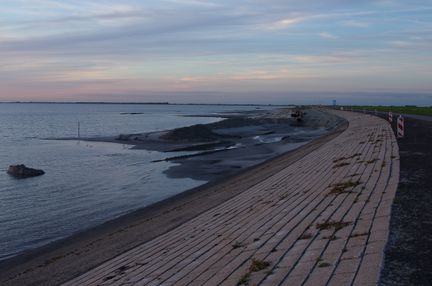Verdiepende Monitoring Schorverjonging Zuidgors
The coastal regions in the Netherlands have had some dramatic changes over the years. However, some of the wetlands along the coastal regions have aged with the land. These older wetlands often lose their diversity in flora, causing lower biodiversity due to their homogeneous landscape. In order to meet the standards set by the Natura 2000 agreement, which gives rules and guidelines for habitat restoration and nature conservation in the Netherlands, wetlands have to undergo changes in order to increase the biodiversity. In other parts of the Netherlands the biodiversity is kept high by having grazing animals, like cows and horses, in the field. However, this is not possible in Zealand due to the high amount of creeks, which would give a large drowning risk for the animals. Another solution is to partially dig into the piece of wetland that you would like to rejuvenate. The pieces that stay intact will keep the habitats for current populations in place, while new and diverse vegetation can locate itself in the parts that have been dredged.
In order to make the rejuvenation projects more successful in the future, more knowledge on the topic is needed. With the project 'Verdiepende Monitoring Schorverjonging Zuidgors' we hope to gain more insight into the following topics:
- How fast the wetland recovers from the rejuvenating works and what processes lead this recovery.
- If recovery of the wetland can be influenced by the design of the digging works.
- What the best design would be in order to facilitate natural processes which help in the recovery.
- If and how the dredging would influence wave action on the dikes.
Research type: field research, desk analysis, lab research
Location: Zuidgors, Zealand
Contact: Wietse van de Lageweg

